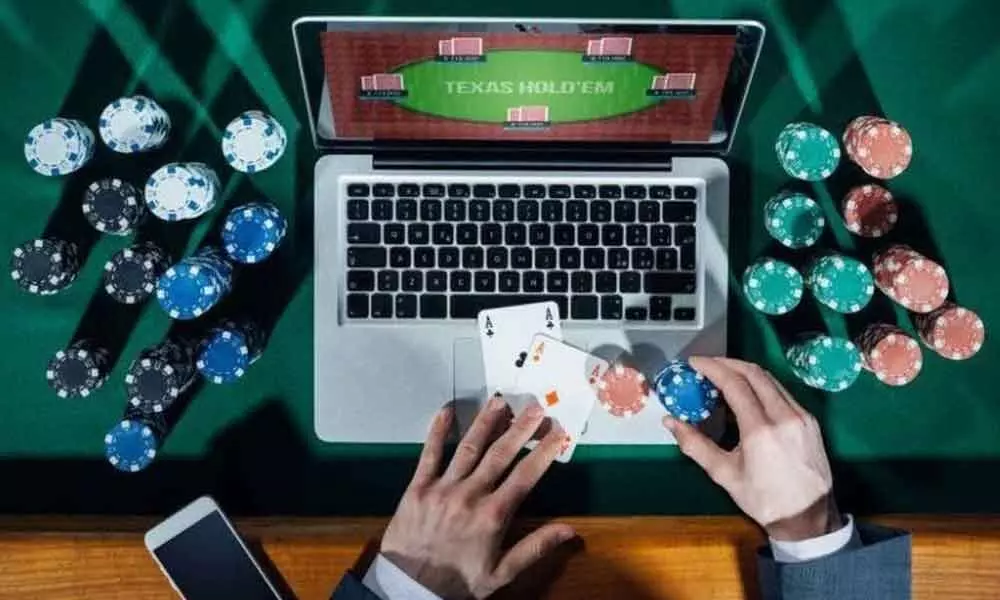London has always had an air of mystique, its streets steeped in history, opulence, and secrets. But nothing compared to the shockwaves that rippled through the city one frosty November night, when a meticulously planned heist on one of London’s most luxurious casinos set tongues wagging and hearts racing. By morning, it wasn’t just the casino executives left grasping for answers; the entire city was enthralled.
The Setup
The setting was The Regent’s Crown Casino, a jewel of London’s glitzy nightlife. Known for its high-stakes poker rooms and private VIP lounges, it catered to the wealthiest gamblers from across the globe. Patrons sipped cocktails under glittering chandeliers, their fortunes shifting with every roll of the dice. Yet, they had no idea that on this particular night, a group of audacious criminals had something far grander than gambling on their minds.
The mastermind of the heist, Mark “The Phantom” Davison, was as enigmatic as he was brilliant. A former engineer turned career criminal, Davison had spent months studying the casino’s layout, security measures, and staff routines. His crew consisted of equally specialized individuals – a safecracker with an ear for even the most intricate locks, a tech expert who could manipulate security cameras with ease, and a con artist who could slip into any disguise.

The Heist
Appropriately for a story worthy of the silver screen, the heist unfolded with cinematic precision. Davison’s crew chose a bustling Saturday night when the casino was at full capacity, a tactic designed to overwhelm the security team with foot traffic and distractions. Disguised as a bartender, Davison himself blended seamlessly into the VIP lounge, discreetly overriding security systems using a sophisticated device hidden in his sleeve.
Meanwhile, in the casino basement where the vault lay, the safecracker and tech expert began their work. The vault, touted as “impenetrable,” relied on a cutting-edge fingerprint and numeric code system. But the crew wasn’t fazed. By using a fake delivery to intercept a manager’s fingerprint earlier in the week, they bypassed the first layer of security. For the numeric code, the tech expert exploited a vulnerability in the system, which he had identified through months of cyber surveillance.
Above ground, the con artist pretended to be a disgruntled patron, creating a loud scene in the main gaming hall. Security guards rushed to de-escalate the commotion, leaving a significant blind spot in their defenses. It was just the break the crew needed. Within 13 minutes, the team had breached the vault, filling duffel bags with over £7 million in cash and chips.
The Aftermath
But as flawless as the execution seemed, cracks began to form in the days following the heist. One of the crew members, overwhelmed by the sheer amount of cash, splurged recklessly on designer goods in Knightsbridge, catching the attention of authorities. Surveillance footage unearthed snippets of their movements, leading to arrests over the next several months.
Mark Davison, however, earned his nickname. Despite extensive searches and international warrants, The Phantom himself vanished without a trace. Rumors swirled that he had fled to South America or was quietly living off his share of the haul in an unsuspecting European village. Regardless, the heist became legendary, a cautionary tale whispered among security firms and a thrilling story recounted on London’s streets.
Conclusion
The Regent’s Crown Casino learned its lesson, making substantial investments in advanced security measures post-heist. But the story remains a reminder that even in the most secure environments, those bold enough to dream big can occasionally outwit the system. For Londoners, the tale is a mix of fascination and dread, proving that sometimes reality can be as thrilling as fiction. And for those who frequent the tables, it serves as a stark reminder that fortune favors the prepared – and sometimes, the daring.






Leave a Reply